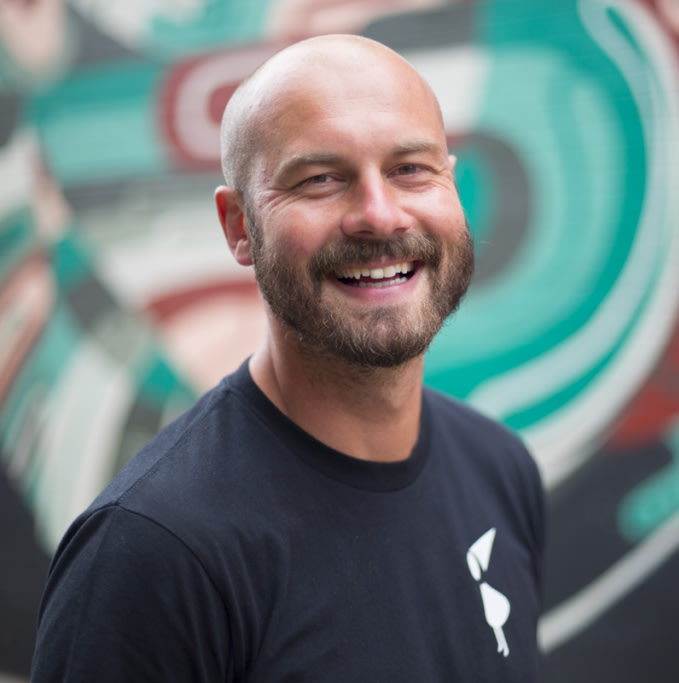There’s so much going on in our industry it’s hard to keep up these days. We’ve seen established industries being caught unaware and overwhelmed by disruptive innovation in technology, pretty much changing their entire existence. One minute they are the masters of the universe, the next wondering how it all went so horribly wrong.
As a young company, all we’ve ever known is disruption. We’re constantly curious about what can and can’t be done with technology and we’ve quite literally always put our money where our mouth is—one of our first self-funded projects was a mouth replacement app for people bored with their own mouths. Since then we’ve made numerous other apps all designed to push the boundaries in a variety of areas.
In early 2011 we decided to focus on digital publishing. We knew we could push the publishing envelope into a new direction and question what it meant to be a “book” in the digital age. Our first attempt, Nursery Rhymes with Storytime, a storybook for the iPad was reasonably successful. It made £34,780 in revenue with 31,515 sales and was upgraded 75,883 times.
But children are naturally drawn to these devices—couple a touch-sensitive glass screen with vibrant characters and interactivity, and you have a winning combination.
We wanted to challenge ourselves so we set about creating a completely new reading experience for adults. We partnered with Shortfire Press to bring three very different stories into our new world with PAPERCUT.
PAPERCUT launched in September 2011 with a great fanfare and within three hours of launch it hit number one in the UK iPad books chart. Apple promoted it as iPad App of the Week and the national press also picked up on it with The Telegraph, The Next Web and The Guardian writing about it. Two weeks later The Guardian listed it as one of the top 50 apps for iPad. We were invited to conferences from Milan to Malmö with publishers eager to hear more about our experiences.
It seemed that our attempt to augment what books couldn't do, with what tablets could (without detracting too much from the reading experience) struck a chord with the industry. PAPERCUT had finally given users an immersive experience, bringing them deeper into the story. The only ‘slight’ problem we faced was that this user experience wasn’t cheap to create.
Traditionally, the authorship of a book can reside with the writer and editor, but with PAPERCUT, this expanded to include developers, designers, videographers and sound designers—all of which led to each title being increasingly labour intensive.
Margins in the publishing world are small enough already without the additional overhead of having to supply rich content.
The hard facts were that for PAPERCUT to break even we’d have had to sell 25,000 copies at its intended full price, £3.99.
To date, PAPERCUT has sold 1,341 copies and there’s little chance we’ll ever recoup our investment in it. But for us it was never about the money. It was instead about making something that many will argue should have remained a concept. But it’s by making these products and putting them out there, that industry wide knowledge, experience and lessons can be gained and shared.
In spite of all this we don't believe that all is lost for this new form of publishing. As barriers to entry are smashed down, we’ll no doubt see a new generation of authors emerge—authors who are as well versed in video and audio design as they are in constructing a story.
Combining this new generation of multi-skilled creatives with tools like Apple's iBook Author, we’ll see new authors telling stories similar to what we wanted to achieve with PAPERCUT—but probably far better and sooner than we or anyone else imagined.
ustwo™ interviewed Faber & Faber, Random House, Hachette UK and more about what their visions for the future of publishing were. You can view the 15 minute long video below.
